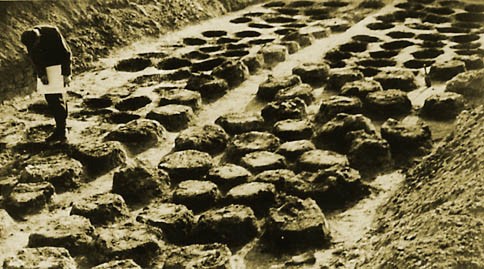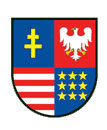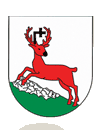Thus on vast spaces of the northern slope of Łysogóry, especially on the lands covered with rich loess and for some hundreds of years used for agriculture so in the vicinities of Bodzentyn, Chybice, Pawłów, Boleszyn, Waśniów, Biskupice, Niemiecice, Chocimowo etc. one can find while plowing blocks of old furnace slags stuck in the ground, whose size, shape and place of occurrence are very characteristic. They all have a cylinder shape, sometimes partly deformed, of the 30-40 cm in diameter and 14-30 cm in height, depending on their diameter and condition. Furnace slags have dark colour, metallic shade, are heavy and contain numerous spots with traces of charcoal.
Jan Samsonowicz, History of iron mining on the slope of the Świętokrzystkie Mountains, Diary of the Kielce Inhabitants Circle, Kielce-Warsaw 1929, p. 99.

One of slag-pit furnace clusters with characteristic furnace slag blocks …… odpreparowanymi plastycznie where Kazimierz BIelenin conducted his research. Photo from the archives of the Świetokrzyskie Association of Industrial Heritage.
Almost two thousand years ago the largest metallurgical district in central-eastern Europe originated in the Świętokrzystkie Mountains. It is assumed that in the first centuries of our era over 8 000 tons of iron were produced in this district. It played an important role in the economic development of the peoples living to the north of the Carpathian Mountains. There are also arguments that part of the production might have reached the Barbarian tribes inhabiting the territories along the Roman imperial frontier (limes) at the Danube and Cisna rivers.
There is a lot of evidence for the contacts between the people living on this territory with the Roman provinces which is probably connected with the iron production in the Świetokrzystkie Mountains. These are Roman ceramic, glass and other material pieces found on archaeological sites, relics of the settlements and burial grounds of the Przeworsk culture, which were brought here as imports.
Roman coins were also accepted which is proved by a large deposit – mainly silver denarii – the so-called treasures. They can prove the improving economic status of the former inhabitants of these lands caused by the increased production activities.
It is however unlikely that the Romans themselves purchased the iron produced in the Świetokrzystkie Mountains as on the territory of the Roman Empire there exited a great number of metallurgical centers providing sufficient amounts for the domestic market. The presence of goods manufactured in the Empire in the area of the metallurgists from the Świetokrzystkie Mountains are the testimony to the existing trading relations – also of the semi-direct character as gifts, tribute or exceptionally as war spoils. Assuming that trading exchange was one of the ways how the Roman products reached these lands, iron was probably an equivalent in such trading transactions, however its recipients were rather the representatives of the tribes being intermediaries in the exchange.

An imported terra sigillata utensil from a burial place of the Przeworsk culture from Lisów in the Wojciechowice commune. Collection of the Archaeological Museum in Cracow. Photo by R. Łapanowski.











